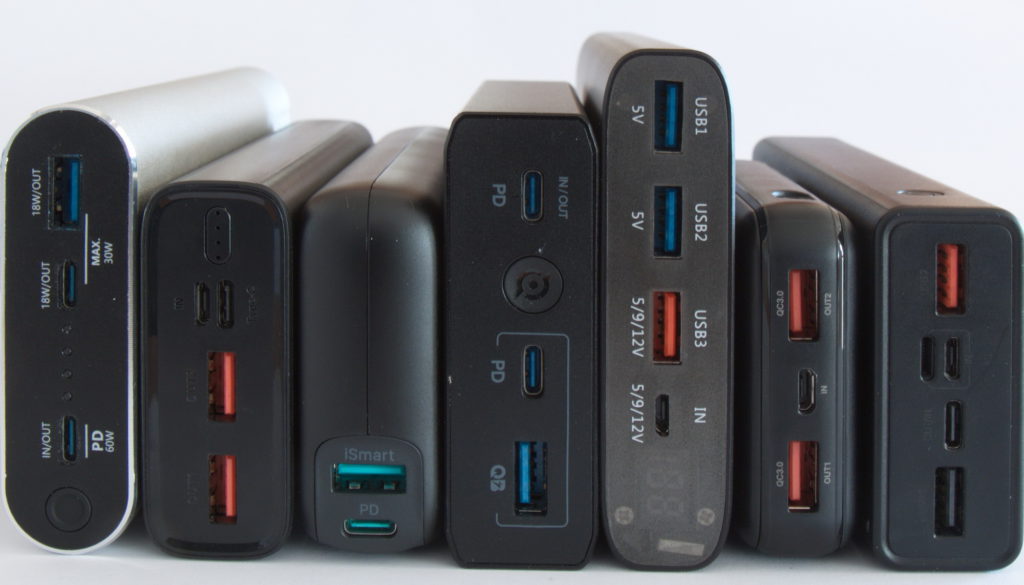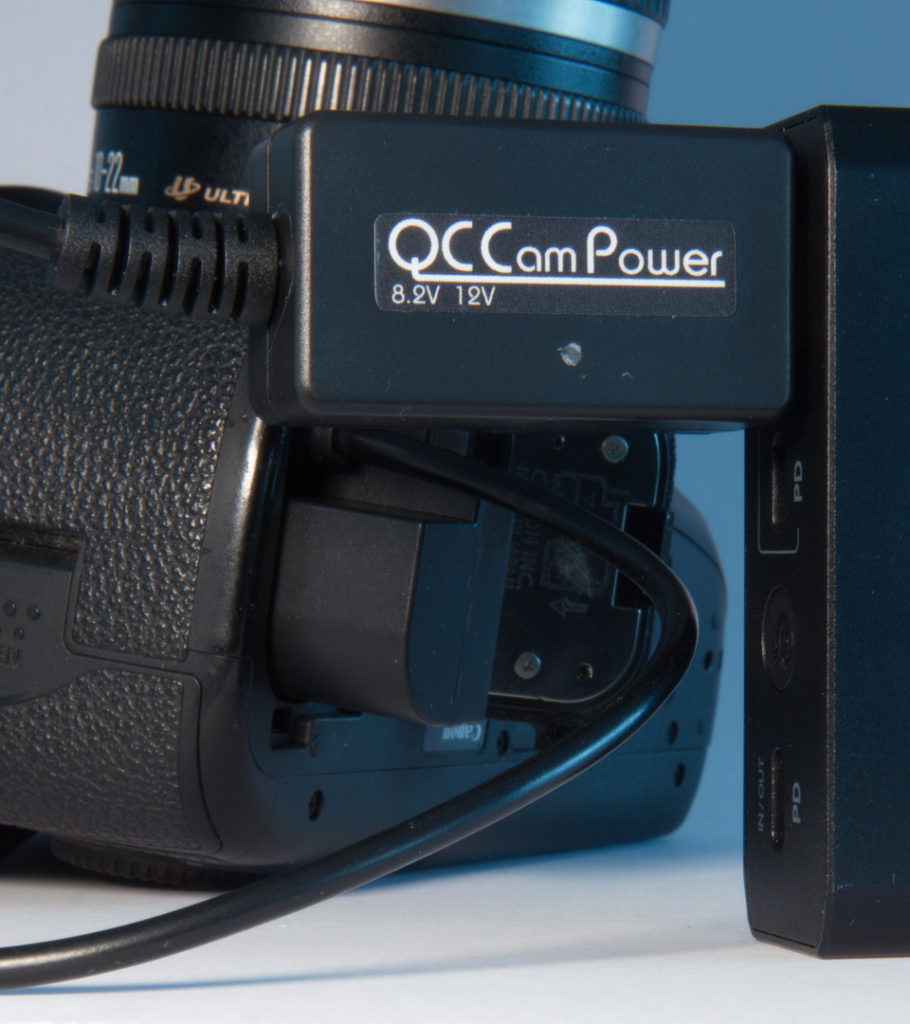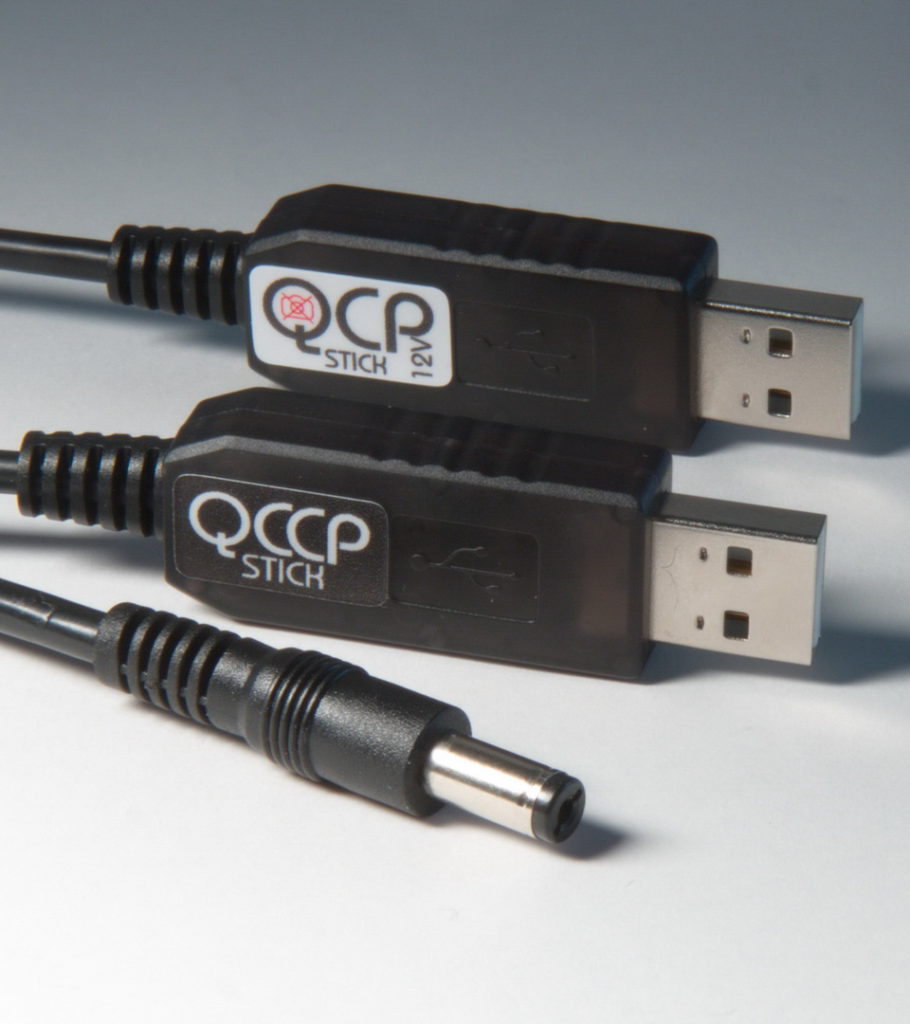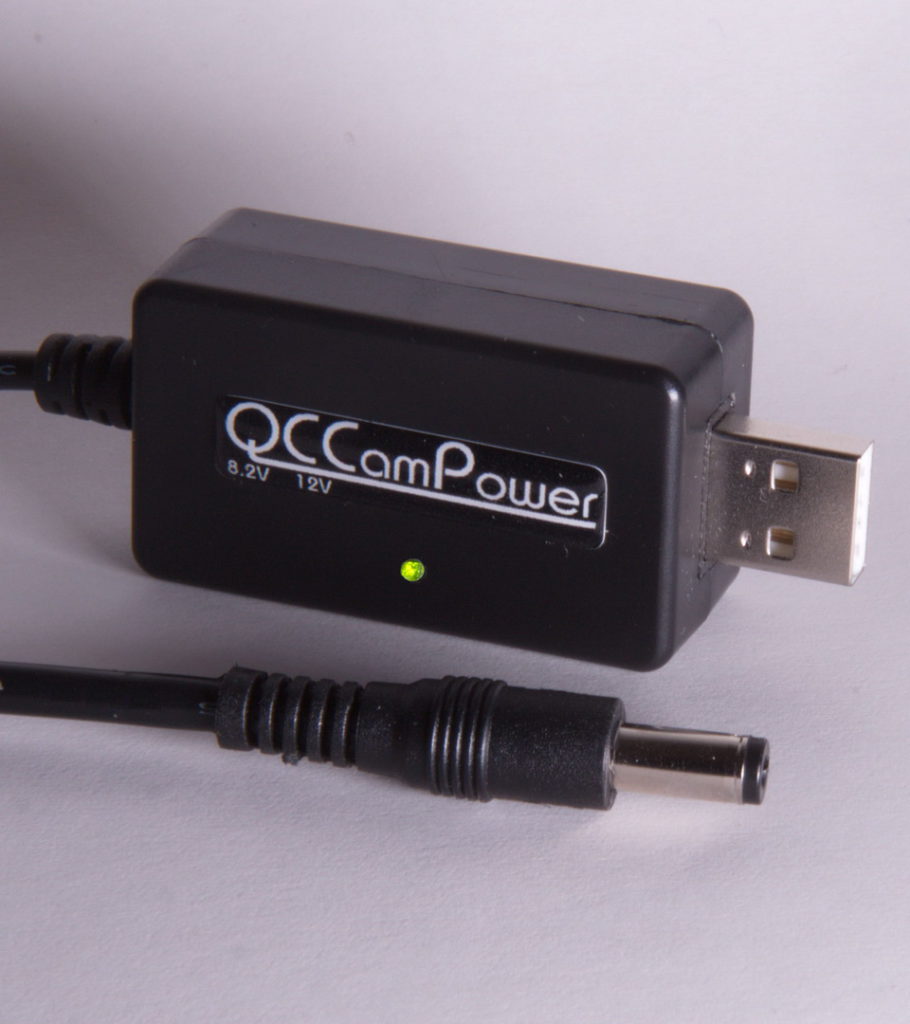To test how the different powerbanks behave when used for a timelapse sequence I tested some powerbanks under real conditions. For this purpose I modified a QCCP to control it with an intervalometer. When triggered by the intervalometer, a load simulating the typical current of a Canon 5D is switched on.
Intervall | 2,5 Sek |
|---|---|
Exposure | 1,5 Sek |
permanent curent | 0,1A |
Current during exposure | 0,9A |
Total exposures | 8460 = Runtime 6h |
Powerbank | PB Leistung | Entn. Leistung | Leistung nach Test (Anz) |
|---|---|---|---|
Ainope Vanguard-X1 | 10.000mAh | 3450mAh/27,9Wh | 24% (Anzeige in %) |
ArcPack Portable Charger | 15.000mAh | 3300mAh/27,6Wh | 25-50% (2/4LED) |
BANNIO 20000mAh PB | 20.000mAh | 3390mAh/27,8Wh | 50-75% (3/4LED) |
Baseus 20000 mAh PB | 20.000mAh | 3317mAh/27,4Wh | 61% (Anzeige in %) |
Litionite Falcon Power Bank | 24.000mAh | 3370mAh/27,7Wh | 51% (Anzeige in %) |
helpers lab PB dual USB-C PD | 20.000mAh | 3480mAh/28,4Wh | 50-75% (3/4LED) |
RAVPower PD 60W PB | 20.000mAh | 3500mAh/28,5Wh | 50-75% (3/4LED) |
Comment
The powerbanks used were all fairly new. The test conditions refer to measured values of a Canon 5D, which is a rather large camera. With smaller cameras, one can assume that the required power is smaller and thus the remaining power of the PB after the test is correspondingly higher.
Does the powerbank deliver as much power as specified?
The specified power of the PBs refers to the used Li-Ion cells with a typical voltage of 3.7V. For a voltage of 8.2V as used, the power behaves like 3.7/8.2V= 0.45. Using the Ainope PB as an example, this results in a power at 8.2V of 10000*0.45=4,500mAh. Extracted 3.450 of 4.500mAh = 76%, remaining 24%. So quite real.
Conclusion: Even the smallest of the tested PB with only 10,000 mAh was sufficient for a TL with > 8000 shots over 6 hrs. A longer interval and fewer releases for this will rather improve the performance balance.
Not all PBs showed the theoretical remaining power correctly.




